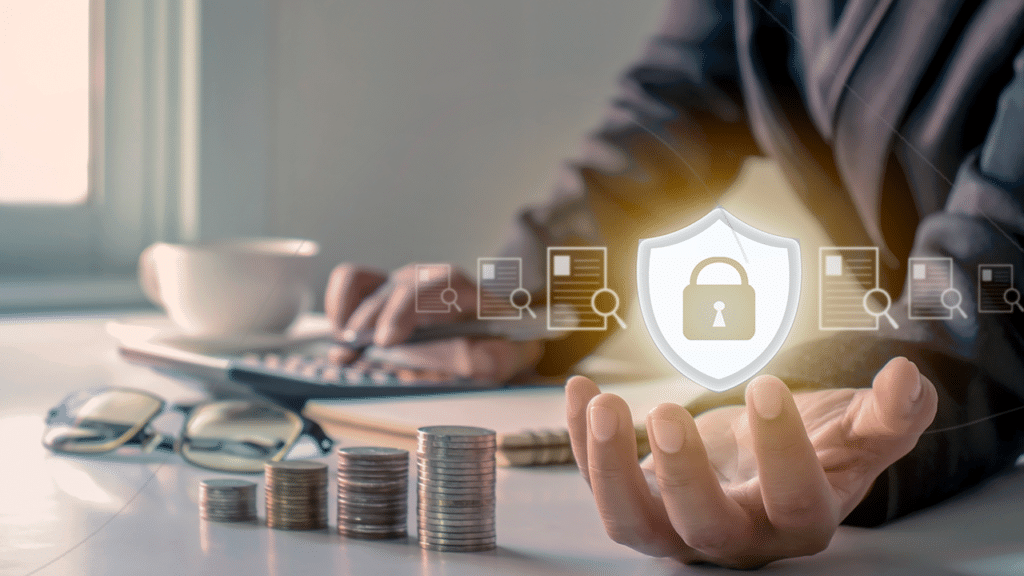In an era where digital transactions have become ubiquitous, ensuring the security of your financial information is paramount. Credit card frauds pose a significant threat to individuals, with cybercriminals employing increasingly sophisticated methods to exploit vulnerabilities. In this comprehensive guide, we’ll explore effective strategies to protect yourself from credit card frauds and secure your financial well-being.
Understanding Credit Card Frauds

Credit card frauds encompass a wide range of illicit activities, including unauthorized transactions, identity theft, and phishing schemes. Cybercriminals often target unsuspecting individuals through various channels, exploiting weak points in online security systems and leveraging social engineering tactics.
Key Strategies to Protect Yourself
Regularly Monitor Your Statements
Stay vigilant by reviewing your credit card statements regularly. Look out for any unfamiliar or unauthorized transactions, and report them to your card issuer immediately. Early detection is crucial in preventing further financial damage.
Enable Transaction Alerts
Many credit card providers offer real-time transaction alerts via email or mobile notifications. Enable these alerts to receive instant notifications for every transaction. This allows you to identify and address suspicious activities promptly.
Secure Your Personal Information
Protecting your personal information is the first line of defense against credit card fraud. Avoid sharing sensitive details, such as your PIN or CVV, with anyone. Be cautious when providing personal information online and ensure that websites are secure before entering any data.
Use Strong, Unique Passwords
Strengthen your online accounts by using complex passwords that include a mix of letters, numbers, and symbols. Avoid using easily guessable information such as birthdays or names. Additionally, use different passwords for each online account to prevent a domino effect if one account is compromised.
Employ Two-Factor Authentication (2FA)
Enhance your account security by enabling two-factor authentication wherever possible. This adds an extra layer of protection, requiring both a password and a secondary verification method, such as a code sent to your mobile device.
Be Wary of Phishing Attempts
Cybercriminals often use phishing emails or fake websites to trick individuals into providing their credit card information. Be cautious when clicking on links, especially in unsolicited emails. Verify the legitimacy of websites before entering any sensitive information.
Install Reliable Antivirus Software
Protect your devices from malware and viruses by installing reputable antivirus software. Regularly update the software to ensure it remains effective against emerging threats. This can help safeguard your personal information from being compromised.
Shred Sensitive Documents
Dispose of financial statements, credit card offers, and other sensitive documents by shredding them. This prevents criminals from obtaining your personal information through dumpster diving or other means of physical theft.
Check Your Credit Report Regularly
Obtain and review your credit report at least annually. Monitoring your credit history allows you to identify any suspicious activities or unauthorized accounts opened in your name. Promptly report discrepancies to the credit reporting agencies.
Educate Yourself
Stay informed about the latest scams and fraud trends. Knowledge is a powerful tool in protecting yourself against evolving cyber threats. Familiarize yourself with common tactics used by fraudsters and be proactive in implementing preventive measures.
Conclusion

Protecting yourself from credit card frauds requires a proactive approach, combining technological safeguards with personal vigilance. By adopting these strategies, you can fortify your defenses against cyber threats, ensuring a secure and worry-free financial experience. Stay informed, stay vigilant, and empower yourself to navigate the digital landscape with confidence.


 Technical Features and Financial Management of the Inter Passport Card <p style=' font-weight: normal;font-size: 16px !important; text-align: left;'> Discover the main features of the Inter Passport Card and how it can facilitate the effective management of your personal finances. </p>
Technical Features and Financial Management of the Inter Passport Card <p style=' font-weight: normal;font-size: 16px !important; text-align: left;'> Discover the main features of the Inter Passport Card and how it can facilitate the effective management of your personal finances. </p>  Inter Passport Card: The Ideal Solution for Managing Your Credit Securely <p style=' font-weight: normal;font-size: 16px !important; text-align: left;'> Discover how the no-annual-fee card from Banco Inter can help you control your finances and offer benefits on purchases. </p>
Inter Passport Card: The Ideal Solution for Managing Your Credit Securely <p style=' font-weight: normal;font-size: 16px !important; text-align: left;'> Discover how the no-annual-fee card from Banco Inter can help you control your finances and offer benefits on purchases. </p>